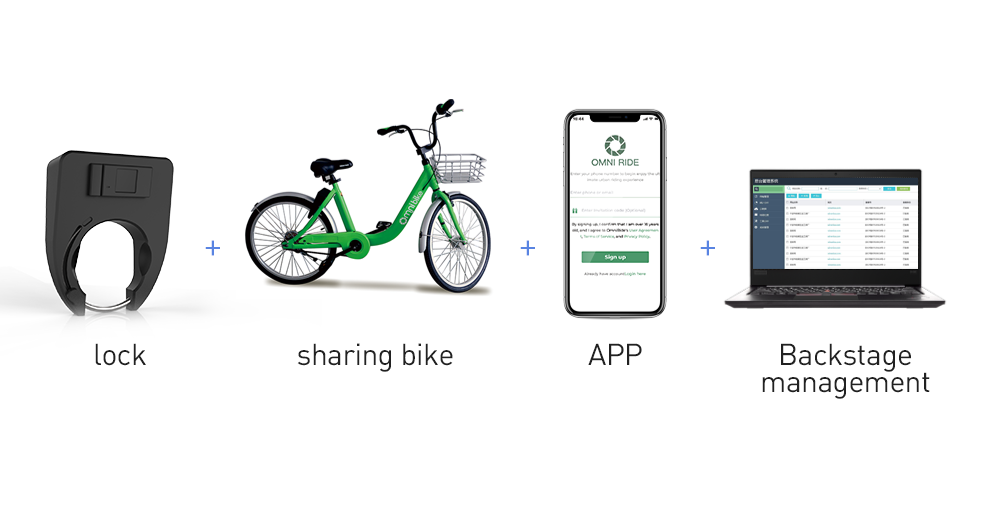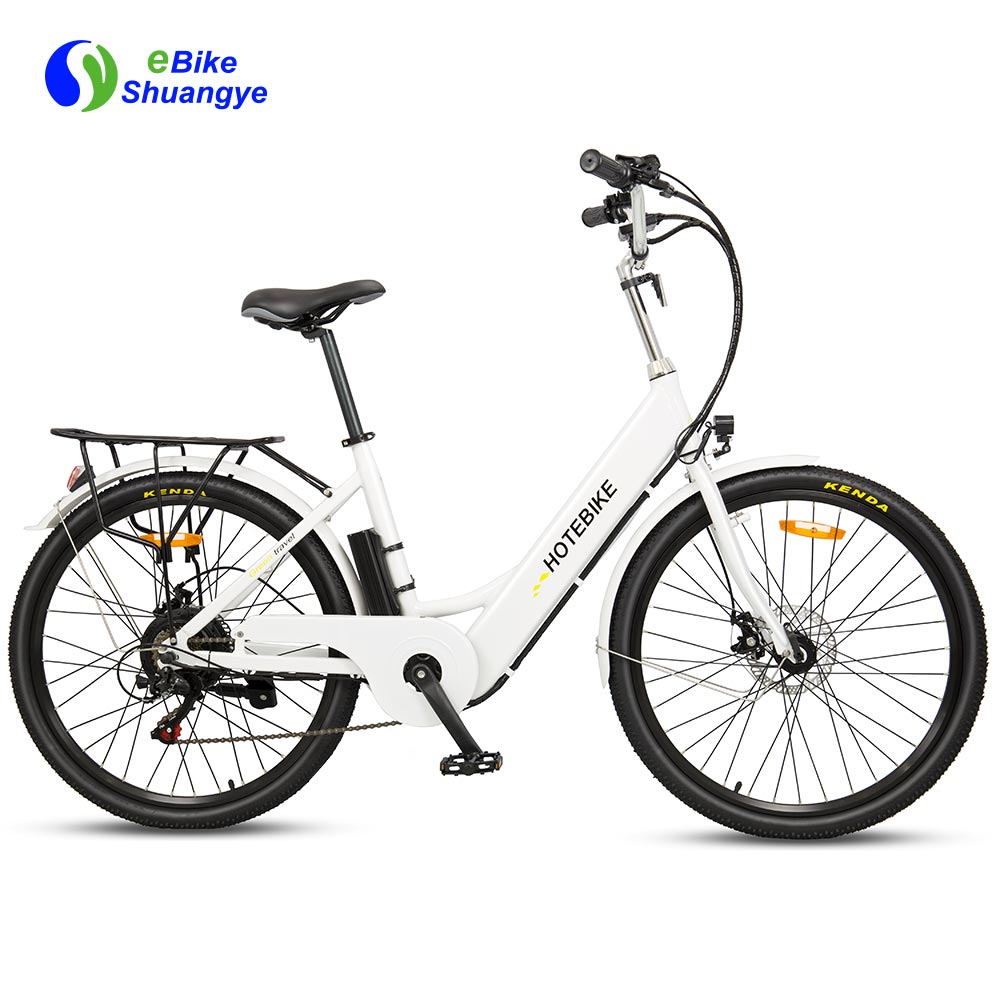Are ebike the Future of Dockless public bike rental?
Although it’s been in the America and Europe for less than a year, dockless bike share is spreading rapidly across the world.

What began in Seattle as an experiment borrowed from China has since spread to cities from Los Angeles to Washington, D.C. And while public officials try to sort out some newfound logistical issues—bikes becoming clutter and litter in Dallas, for one—operators are charging forward with the next trend in the dockless revolution: electric bikes.
Jump, a Brooklyn-based start-up, became the first dockless company to roll out e-bikes when it launched in D.C. in September. Last month it also won the first contract to start operating e-bikes in San Francisco. LimeBike unveiled its own dockless e-bike at this year’s Consumer Electronics Show in Las Vegas. Other companies, like Spin and Motivate, announced e-bike pilots around the same time. Even Uber got in on the action, announcing that it would allow users to locate Jump bikes using the ride share app.
A range of new technologies makes these emerging e-bike networks possible. Developments in consumer electronics, such as laptops, have driven improved Lithium-ion batteries that are lighter and hold charges for longer. Advances in GPS and cell signals make it easier to track a fleet of bicycles around a metro area. And due to growing demand in Europe and Asia, components such as torque sensors and motors have become more affordable and higher in quality.
“The exact components that are on our bikes now, those components weren’t available even a year and a half or two years ago,” said Ryan Rzepecki, Jump’s CEO. “Our bikes have a 40-mile range on them, which makes what we’re doing extremely viable.”
Most dockless bike-share systems have a similar setup. Riders download a phone app, which allows them to locate available bikes in their area. Then they choose a bike, enter its ID number or swipe a QR code, and take off, locking up again wherever is most convenient for them. Adding e-bikes makes the process a little more expensive than usual: For its electric fleet, LimeBike charges $1 for a ride and then another dollar for each 10 minutes of use, which amounts to $4 for a half-hour trip. Its conventional pedal-powered bikes, by comparison, charge only $1 for every 30 minutes of riding. Jump charges $2 for the first half hour and 7 cents for each additional minute.
There are some challenges to this model, of course, including how to ensure bikes are available where people need them. Jump relies on ground teams to balance out its system. “The big component of the operations is guys in vans collecting bikes, servicing bikes, and moving bikes as needed,” Rzepecki said. GPS and cell signals allow the teams to flag bikes that haven’t moved and return them to a more popular area.
 Shuangye ebike
Shuangye ebike

